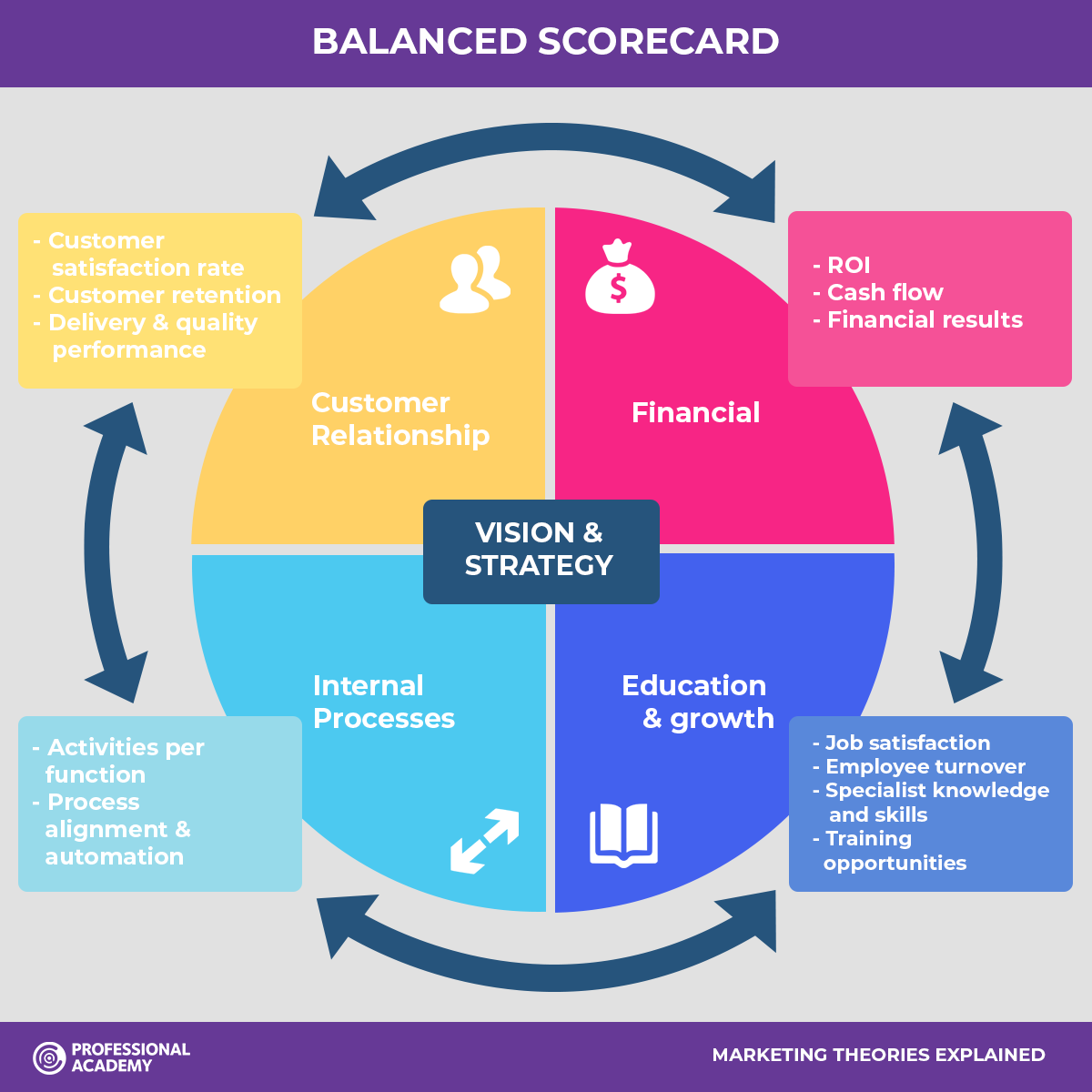Session-40
21 Jan 2022
The session started with a discussion about Zomato, the goal they have set to deliver the food within a given time and how they'll achieve it with help of controlling.
We discussed a case study about Chipotle Mexican grill and how it began to lose quality as the opening in the branches grew larger and what might the reasons for it be. Chipotle needs to update its standards in order to prevent customers from becoming ill from their products because if they failed to satisfy the criteria, the company's image will be at risk. In order to improve the operations, proper training must be provided to the employees and evaluation of performance should be done regularly. Also, a reward-recognition system might be adopted, to promote employee participation.
Next, we discussed types of operations control. The three types are as follows:
- Preliminary Control- The resources that the organisation draws in from the environment are the focus of preliminary control, also known as steering control or feedforward control. It tries to keep an eye on the quality and amount of these resources before they join the company.
- Screening Control- During the transformation process, screening control, also known as yes/no control or concurrent control, focuses on achieving requirements for product or service quality or quantity. Feedback techniques are used to control screening. When quality checks are used to provide feedback to workers who are producing a product, for example, the workers know what, if any, remedial measures they should do.
- Post-Action Control-After the transformation process is complete, post-action control, also known as feedback control, focuses on the organization's outputs. Although post-action control may not be as successful as preliminary or screening control, it can provide information to management for future planning. Employees may be rewarded on the basis of post-action control.

No comments:
Post a Comment